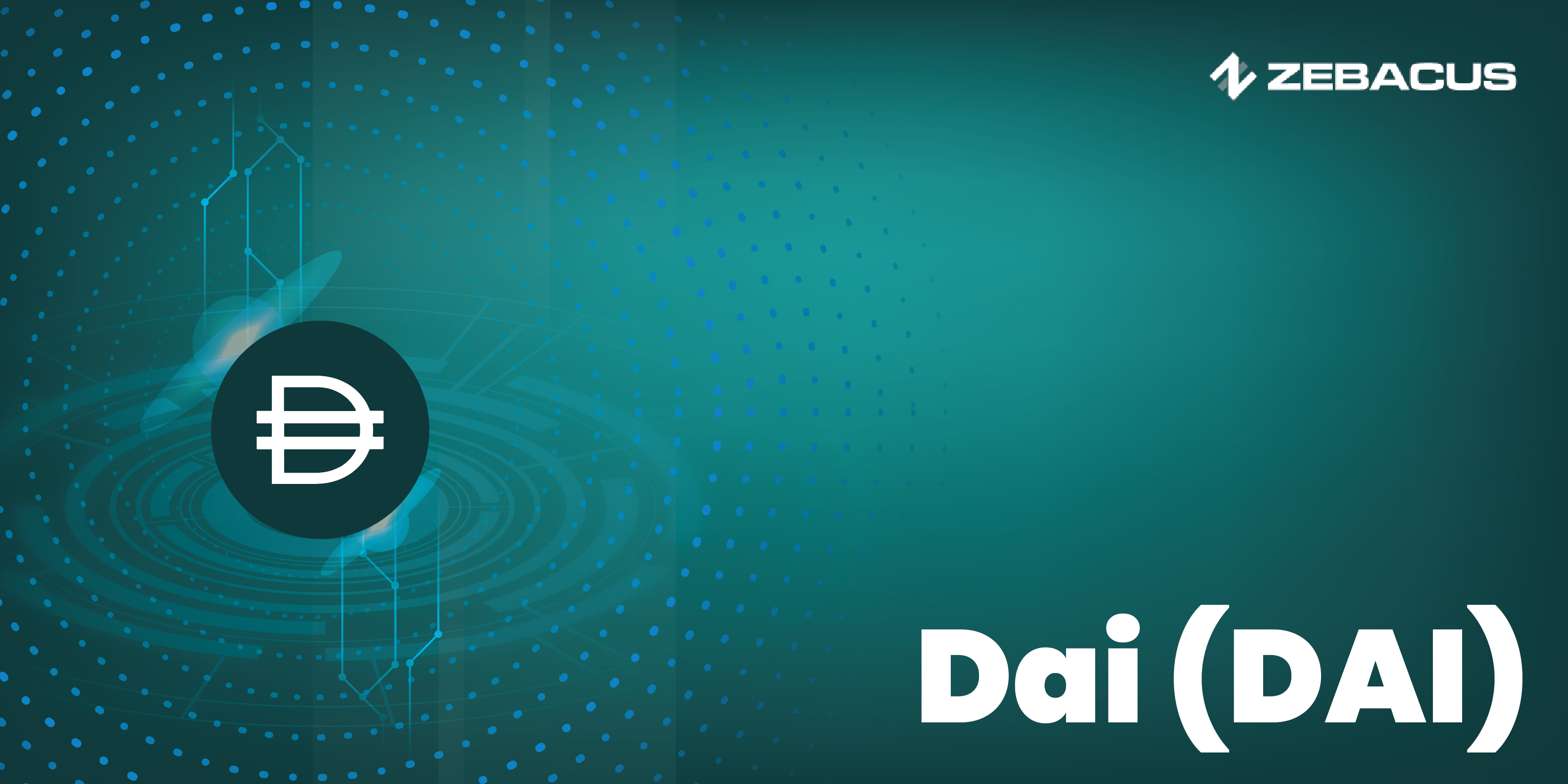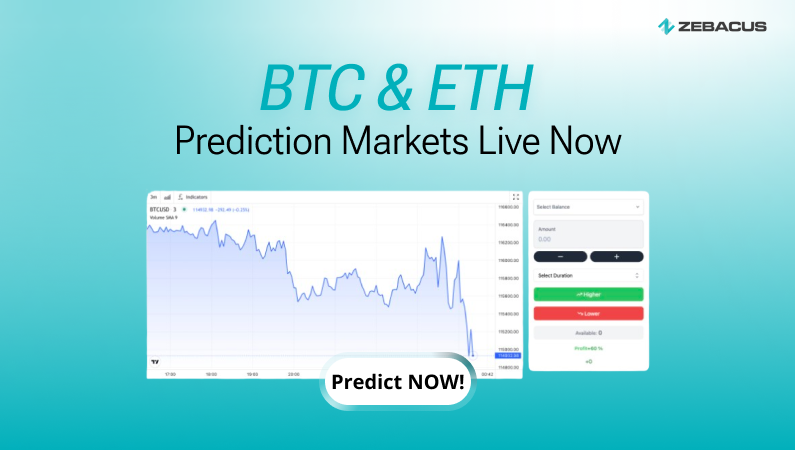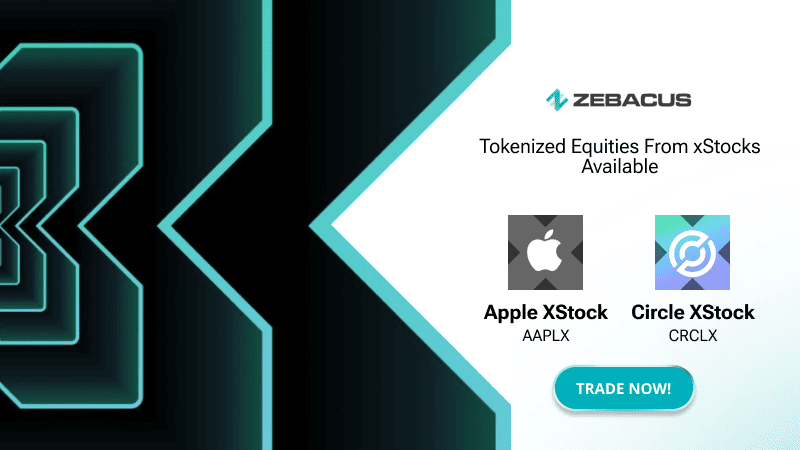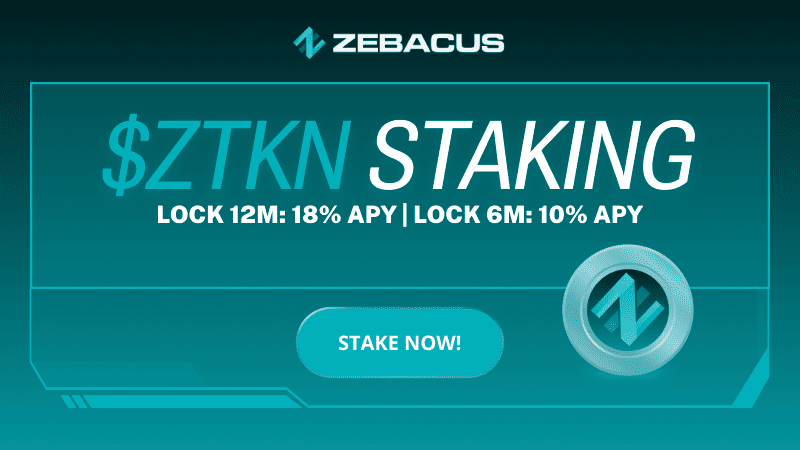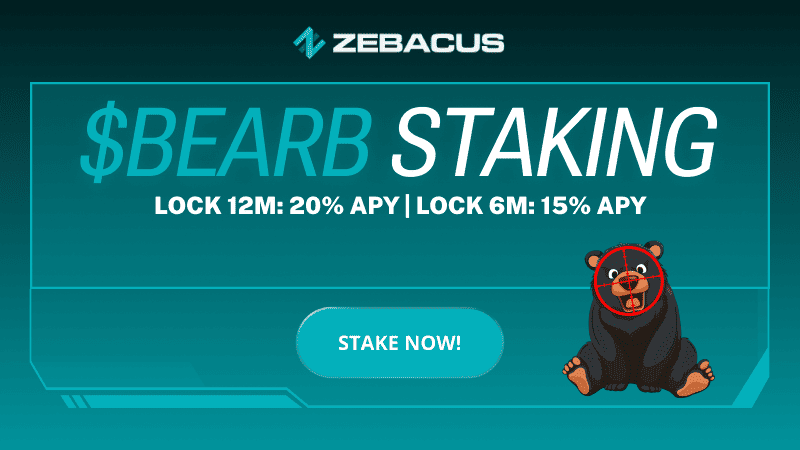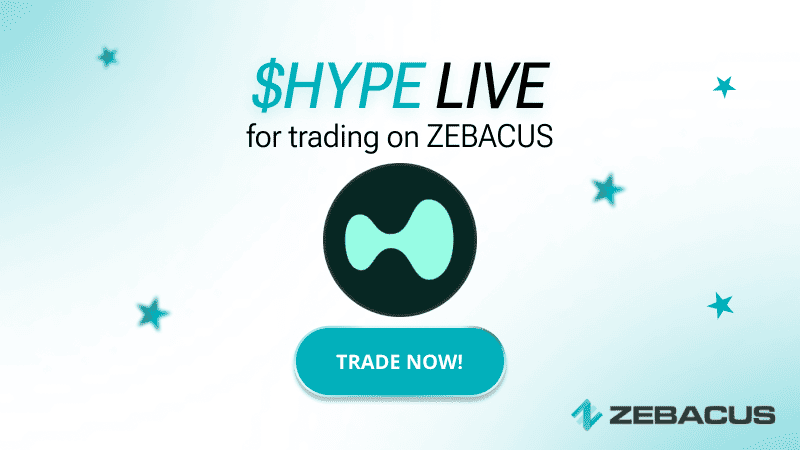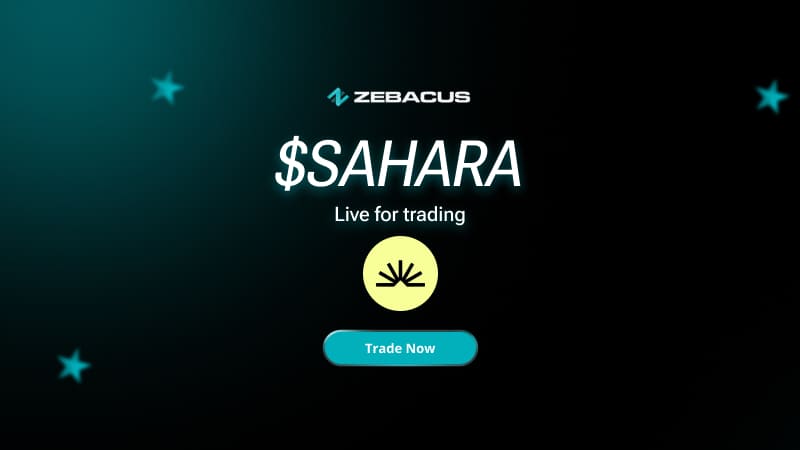What is Dai (DAI)?
The MakerDAO platform and the Dai stablecoin have marked a milestone in the evolution of Decentralized Finance (DeFi). They played an instrumental role in generating user confidence in the crypto lending ecosystem. So, what exactly is Dai, and why is it gaining so much attention? In this article, I will take a deep dive into the basics, working mechanisms, and other key aspects of DAI. Let's get started without any ado.
The Basics of Dai
Dai is a stablecoin created by the MakerDAO organization. It is a Decentralized Autonomous Organization (DAO) built on top of the Ethereum network. As mentioned above, Dai is designed to maintain a stable value and is closely pegged to the US Dollar. This means that each Dai aims to equal one US Dollar, offering users a reliable store of value.
How Does Dai Work?
Dai achieves price stability through a system of smart contracts and collateralization. Here is how:
Collateralized Debt Positions (CDPs): To create Dai, users deposit collateral in the form of Ethereum (ETH) or other accepted cryptocurrencies into MakerDAO’s smart contracts. This collateral is stored in what is known as a Collateralized Debt Position (CDP). By locking up their assets, users can generate Dai up to a certain percentage of the value of their collateral. This ensures that the value of Dai in circulation is backed by real assets.
To maintain its peg to the US Dollar, Dai relies on a stability mechanism involving two primary tools: the Target Rate Feedback Mechanism (TRFM) and the Stability Fee.
Target Rate Feedback Mechanism (TRFM): TRFM adjusts the incentives for holding and creating Dai to ensure that its price remains stable. If Dai trades below $1, the mechanism encourages the repayment of Dai to reduce supply. If it trades above $1, it incentivizes the creation of more Dai to increase supply.
Stability Fee: This is like an interest rate that users pay when they generate Dai. It helps control the amount of Dai in circulation by making it more or less expensive to create new Dai, depending on market conditions.
Liquidity: If the value of the collateral drops below a certain threshold, the CDP can be liquidated. This means the collateral is sold off to cover the Dai that was issued, ensuring that the system remains solvent and that Dai retains its value.
Why Dai Matters?
There are a couple of reasons why Dai became a popular cryptocurrency.
Stability: The primary appeal of Dai is its price stability itself. While the crypto market is infamous for extreme price volatility, a stablecoin like Dai that maintains its value offers a safe shore for investors. It allows users to move out of volatile assets into something stable without exiting the crypto ecosystem.
Decentralization: Unlike other stablecoins that are often backed by traditional assets held by a central entity (like USDT or USDC), Dai is decentralized. It operates on smart contracts without relying on a central authority, aligning with the core ethos of the cryptocurrency movement.
Dai (DAI) Use Cases
Trading: Traders can use Dai to hedge against market volatility or to move funds between exchanges quickly and efficiently.
Lending and Borrowing: Platforms like Compound and Aave allow users to lend and borrow Dai, earning interest or gaining liquidity without selling their assets.
Payments: Dai is accepted by a growing number of merchants and service providers. Its stability makes it a safe option for day-to-day transactions.
Dai (DAI) DeFi Integration
Dai plays a crucial role in the decentralized finance (DeFi) ecosystem. It is used in various DeFi applications, from lending platforms to decentralized exchanges. Its stability makes it a preferred choice for many DeFi protocols, providing a reliable medium of exchange and store of value.
Dai (DAI) Challenges
While Dai offers many benefits, it is not without its challenges.
Complexity: The system underpinning Dai is complex, involving sophisticated smart contracts and mechanisms. This complexity can be a barrier for new users and raises concerns about potential vulnerabilities in the system.
Collateralization Risks: Dai’s stability relies on the value of the collateral backing it. Significant drops in the value of the collateral could lead to liquidation events, potentially destabilizing the system. Although safeguards are in place, the risk remains.
Competition: Dai faces stiff competition from other stablecoins. Though many of these are backed by traditional financial institutions, they offer a more straightforward mechanisms for maintaining their peg. The growing number of stablecoins adds pressure on Dai to innovate and improve continuously.
The Future of Dai (DAI)
Despite the challenges, Dai continues to grow in popularity and use. Its decentralized nature and integration with the burgeoning DeFi ecosystem position it well for future growth. MakerDAO is continually working on improving the system, adding new collateral types, and enhancing the stability mechanisms to ensure Dai remains a reliable stablecoin.
Final Thoughts
Dai represents a significant innovation in the crypto space. By providing a stable, decentralized alternative to fiat-backed stablecoins, Dai offers a reliable store of value and medium of exchange. As more people and institutions become aware of the benefits of decentralized finance, the adoption of Dai is likely to increase. With its stable value and integration into a wide range of DeFi applications, Dai is in a niche position to become a key player in the future of finance.
